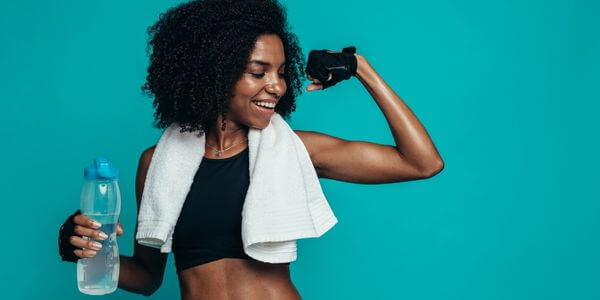When most people think of the Stairmaster, they think of it as a tool for cardio. Or a tool for torture.
And while it is certainly great for both those purposes, did you know that the Stairmaster boasts many health benefits and can be used to target specific muscles?
In this blog post, we will discuss the muscles worked by the Stairmaster – and how to get the best results from your training.
Keep reading below!
Table of Contents
Calves
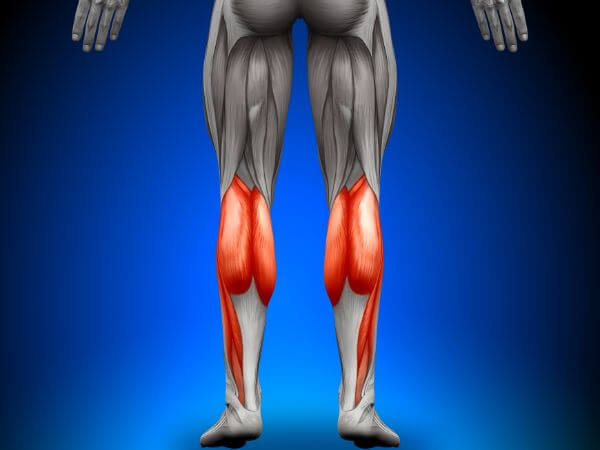
If you’re looking to tone your calves, the Stairmaster is an excellent choice. This exercise machine works your calf muscles by simulating the motion of climbing stairs.
As you walk or run on the Stairmaster, your calves have to push against the pedals with each step, resulting in a workout that can help to tone and strengthen your lower leg muscles.
Why is it essential to tone your calves?
It’s not just so you can look good in shorts.
Strong calf muscles assist your balance and stability and can reduce your injury risk.
The first time I climbed the Stairmaster, I immediately felt the burn in my calves. This simple alternation between pushing and stretching can be pretty vigorous for lower legs, increasing their tone.
You can even get muscle-building results.
Your calves have to support your entire body weight, so they’re basically in constant strength training mode, whether you want them to or not.
Of course, actual training with weights increases your calves even more because they have additional resistance to work against.
The Stairmaster, though, artificially creates more force because of its tilt. That tilt puts more pressure on your calves, so their muscles develop accordingly.
Want more tone and muscle building? Here’s what I did:
After getting more used to the Stairmaster, I sometimes started wearing a weighted vest. I strive to strength train twice weekly, but sometimes, life gets in the way.
During the most hectic weeks, I combine cardio and strength training to reap the best of both worlds.
Glutes
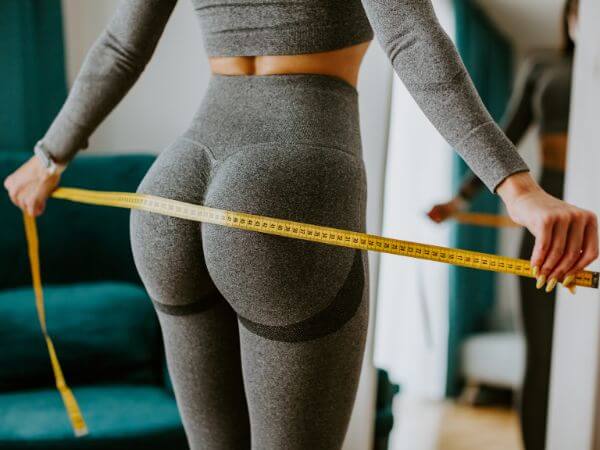
The Stairmaster is also a great way to work your glutes. This machine targets the gluteus maximus – the largest muscle in the buttocks – as well as the gluteus medius and minimus.
When you use the Stairmaster, your glutes must work hard to keep your body upright and stable. Your butt will also contract each time you climb a new step.
This results in a workout that can help to tone and strengthen your butt muscles.
Trust me; you want a strong bum – and not just for purely aesthetic reasons.
In addition to helping you look good, firm gluteal muscles are essential for maintaining proper hip and pelvic alignment. They are also responsible for your posture and lack of back pain, especially sciatica.
Is that simply toning, or is the Stairmaster suitable for building muscles in your bum area?
The answer is it depends. Walking on the Stairmaster at a low speed and incline will not build additional muscles in your buttocks.
And that muscle is what creates that tight, sculpted posterior.
Here are a few tricks I tried and tested during my workouts:
1) Wearing a weighted vest is great for calves, but for glutes, you want to try ankle weights or a resistance band around your upper hamstrings.
- Ankle weights work the best, but they might be challenging to wear if you have knee pain.
- By comparison, resistance bands keep your glutes engaged, so they have to work against a higher force. You could also keep your butt contracted yourself, but you may either forget from time to time or squeeze them too much. In either case, the results aren’t as good as the constant pressure from a resistance band.
2) Increasing the incline.
When you increase the incline, the force working on your glutes is higher. I recommend a 40-degree angle for maximum results, but you can always go higher than that.
3) Pushing through your heels.
If you want to tone your glutes even more, focus on pushing through your heels each time you climb a new step. That will immediately activate those butt muscles, giving them a more intense workout.
Quadriceps
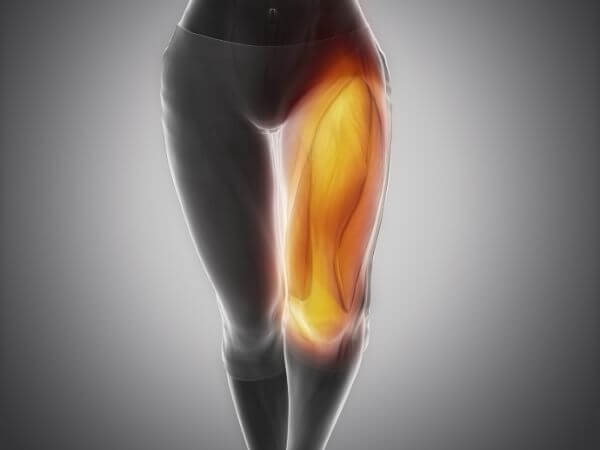
The Stairmaster is an excellent exercise for working the quadriceps (the muscles in the front of the thigh). This machine works these muscles by simulating the motion of climbing stairs.
Here’s what happens:
Each time you climb a new step, your quadriceps must push against the pedals. This results in a workout that can help to tone and strengthen your thigh muscles.
Strong quadriceps are essential for maintaining proper knee alignment and reducing your risk of injury during your day-to-day life.
The Stairmaster does a pretty good job at activating your quads by itself because the front of your thighs do most of the work when you’re pushing against stairs.
However, you can also do specific things to increase the force and activate your quads more.
For example, you can:
- Increase speed and incline so that your quadriceps contract and release faster
- Wear a weighted vest or (with even faster results) ankle weights that pull on your quadriceps more. By comparison, a weighed vest pushes on your quads, though it is much safer on your knees.
- Push through your toes when you’re climbing those stairs. If you want even better results, try climbing on your toes for a few minutes in a row. This strategy will also fire up your calves but requires at least an average to high-average fitness level.
Hamstrings
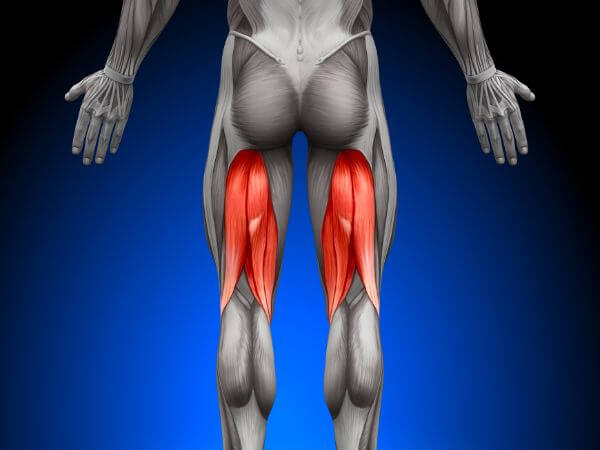
The Stairmaster works the hamstrings by simulating the motion of climbing stairs. Here’s how it works:
Pushing down with your hamstrings activates them, strengthening your butt and thigh muscles. A short stretch follows the push, and this sequence of contractions followed by extensions is like doing a hamstring curl.
Strong hamstrings are also crucial for hip alignment and reducing back pain, so working them properly is mandatory.
To make sure your Stairmaster workout… well, works for building muscles in your hamstrings:
- Keep a correct posture. Posture is essential here because if you round your back, your lumbar area will take a lot of the pressure that would otherwise work your hamstrings. That decreases the effectiveness of your workout, also increasing your risk of injury.
- Push through your heels. Pushing through your heels activates the back of your thighs and calves, thus building more lean muscle in these two areas.
- Increase the incline. Increasing the tilt has a more significant (and noticeable) effect on your quads, but your hamstrings work harder too. When your inclination is higher, your knees bend more, so your hamstrings do more intense curls. And that’s what builds muscle in this area.
- Wear extra weight or resistance bands. Your ankle weights will pull the most on your hamstrings, giving them the highest activation. However, weighted vests and resistance bands offer good results too. Try to mix them up and see what fits your routine and fitness level.
Core

Although the Stairmaster may be primarily thought of as a cardio workout machine, it can also be very effective in toning your core muscles. The reason for this is that the Stairmaster works by making you lift your own body weight with each step.
The stress on your abs and obliques forces them to grow stronger to support your body.
I felt the Stairmaster working on my abs the second I tried it, and you will too.
In addition, the Stairmaster is also a great way to improve your balance and coordination. By constantly adjusting your footing while moving up and down the stairs, you will gradually improve your ability to maintain your balance.
The reason is that the muscles in your feet and legs will become more responsive over time, leading to better overall coordination.
Warning: Be careful where you place your step.
During my first workout, I lost my balance a few times because I was constantly bumping my toe caps on the new steps. I soon realized I couldn’t step on the Stairmaster with my entire sole.
How can you build more core muscles using a Stairmaster?
It’s not that complicated if you just:
- Keep a correct posture so your abs work efficiently, and you can avoid straining your lower back.
- Keep your abdominal muscles engaged, bringing your belly button towards your spine and your lower back straight.
- Try to twist left to right to activate your obliques.
Muscles of Your Knee Joint
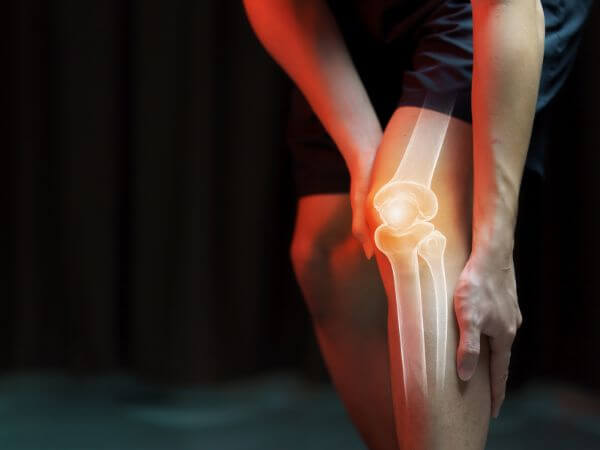
These muscles are usually disregarded because they don’t have too much sex appeal. However, these are some of the most important muscles in your body.
Knees become fragile with age, and I just don’t mean when you’re over 70. I mean, after you turn 30 and start experiencing sore knees on rainy days.
Or you can’t go hiking anymore because climbing down the mountain is too hard for you.
However, the Stairmaster can strengthen the muscles and ligaments in your knee joint by simulating the action of walking upstairs. As you walk up the stairs, your muscles are used to lift your body weight. This resistance training helps to strengthen and tone the muscles around your knee joint.
That’s how you get strong, healthy knees that you can use for your hikes, HIIT, dancing, and other activities.
To build muscles of your knee joint more effectively using a Stairmaster:
- Keep a correct posture. Don’t bend too much over the Stairmaster, even if it’s difficult. Instead, lower your tilt until you work your way up to tackling a steeper angle with a correct posture. Also, don’t push your hips forward or hunch your shoulders.
- Mind the additional weights. Sure, ankle weights will engage your quads, buttocks, and glutes more, but they might hurt your knees. Also, don’t wear your resistance bands too low around your knees, so you avoid compressing your kneecaps.
Wrap Up
As you can see, the Stairmaster is good for losing weight and building muscle, especially in the lower part of your body. Of course, you will have to keep a correct posture, select the right speed and incline, and possibly wear additional weights.
Remember to listen to what your body is telling you so that you can mix and match different strategies. If you keep an open mind, you’ll achieve the body of your dreams faster.
- 7 Exercises for Pregnant Women in the First Trimester: Safe and Effective - January 30, 2025
- Our equipment recommendations - October 30, 2024
- Here’s What Doing Cardio Every Day Does To Your Body - August 21, 2024

